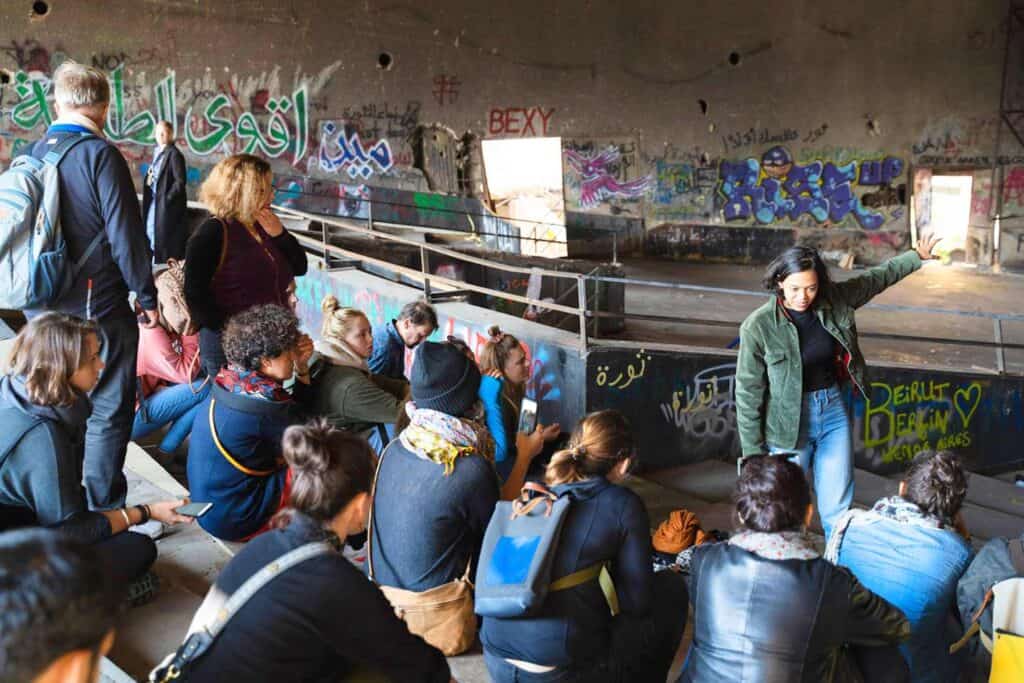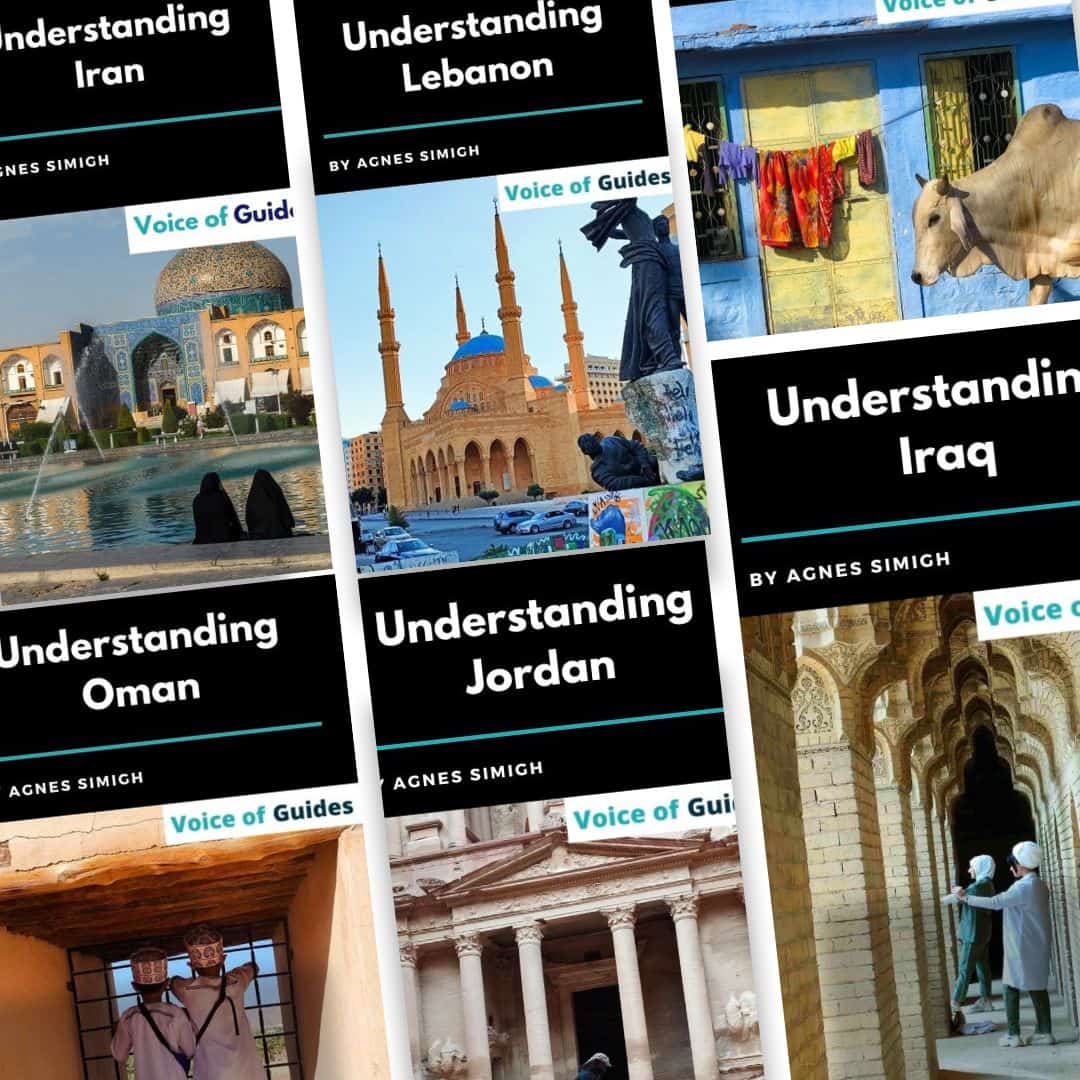Beirut is a patchwork of hyper-modern high-rise buildings, a yacht harbor, traditional colonial buildings, the Armenian Quarter, fancy nightclubs and bars, and the marks of civil war that hit the country 1975 -1990. Beirut has hidden gems, controversial stories, and a bloody past inseparable from its identity and the people’s mentality. It suffered under Israeli attacks, Syrian interference, ethnic and religious clashes, political showdowns, while other times, it was the most glamorous cosmopolitan destination of the Middle East. The story of Beirut is too complex to understand without explanation. Therefore, I went on a local tour in Beirut to understand what is behind the scenes.
More companies offer interesting local tours in Beirut. However, most group tours were on hold in October 2021 when I was there, and they only sold private tours. It is still a great option if you have some more money to spend. However, I prefer joining walking tours in groups.
Read the ultimate guide about the best places to visit in Lebanon
One local company, Alternative Tour Beirut, restarted its group tours in Beirut every Saturday and Sunday that I highly recommend. Unlike regular tours, these are not about the historical monuments but more about Lebanese life, hidden gems, and understanding the wartime. Aya and Samira, the tour guides, are doing a fantastic job. As an experienced international guide, I can judge the quality of a tour pretty well.
They take us to side streets, tiny alleys to show us unique places in Beirut that you could otherwise not find and get access to private properties and places through their connections.
(You find all the information on their website about how to sign up)
You can choose from two tours every weekend: The Beirut alternative tour on Saturdays and the Green Line tour on Sundays. They both touch the Lebanese civil war, among others, an extremely sensitive topic in Lebanon. The 4 hour-tours include stops where you can grab some snacks and drinks as well. It costs 15 dollars, but you are free to give more of course.
Since most people who survived the war refuse to talk about the war and it is not taught in the schools either, these tours are eye-openers by breaking taboos.
The Beirut alternative tour
During this tour, you get an insight into the architecture of Beirut, the famous street art, and you learn more about the Lebanese civil war and the current events.
The tour starts at the colorful St. Nicolas stairs in the Gemmayzeh district.
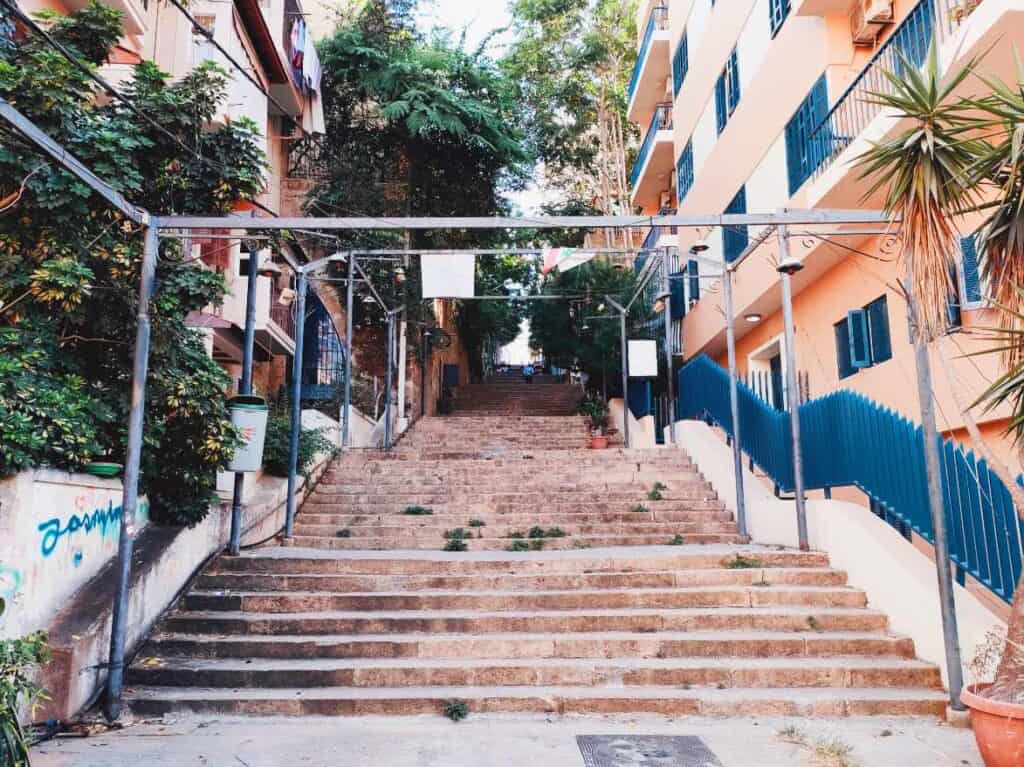
We pass by the Sursock villa, built-in 1875, damaged in the port explosion of 4th August 2020. The reparation works are still in progress. Thanks to its hybrid Persian, Arabic, and Syrian architecture, the private mansion of the illustrious Sursock family (“Rothschilds of the Middle East”) is one of the most attractive buildings of Beirut.
Next to that is the Sursock Museum, the contemporary art museum is also currently under renovation for the same reasons. All the stained glasses got broken during the explosion. It is expected to reopen as of January 2022. Nicolas Ibrahim Sursock was a wealthy aristocrat who donated his collection to Beirut before he died, provided that it was open to the public for free.
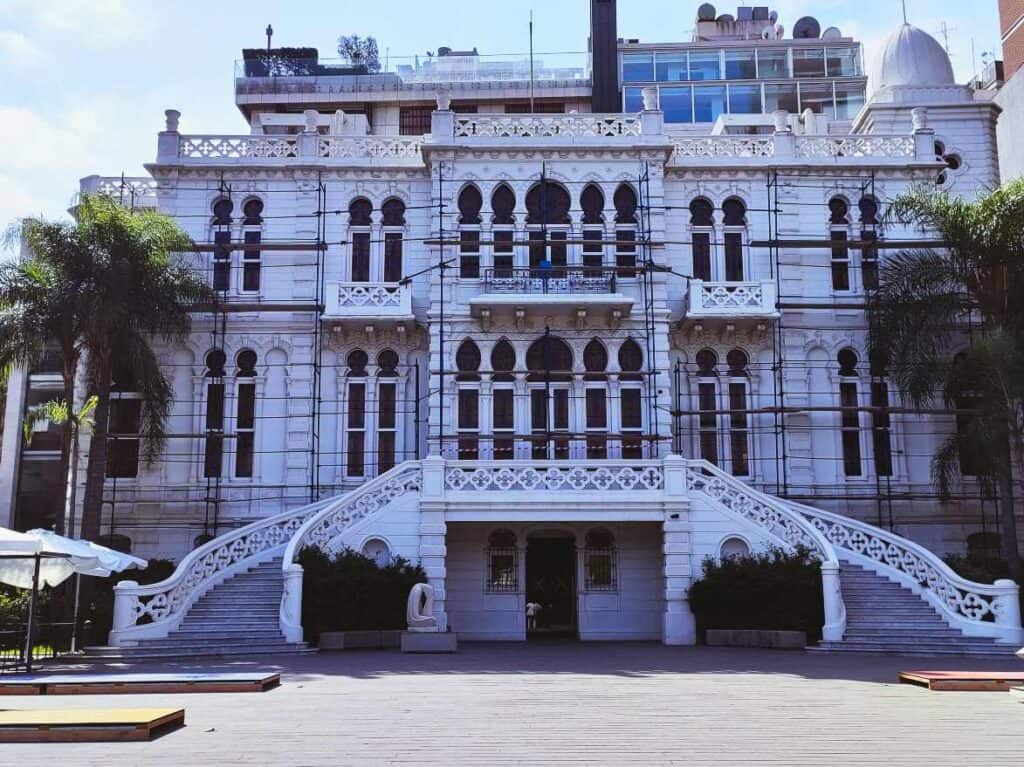
Later they adopted the architectural design of this building for other buildings of the city.
Here we see the original statue of the Martyr’s square, a Muslim and a Christian woman holding hands. It was pulled down in the 1930s, saying that it did not symbolize the sacrifice of the martyrs against the Ottoman Empire.
Thanks to our tour guide, Aya, we access the Sursock palace, a popular venue for weddings and public events. She explains the typical architectural elements of an Arab-style mansion.
Once, Lebanon’s economy was almost entirely based on silk production, so mulberry trees were abundant. Gemmayzeh, now famous for its nightlife, got its name after the tree, but now there is only one left in the inner courtyard of a private mansion that we could see thanks to Aya.
I would have never turned myself to the tiny dark street from the attractive Rue Gouraud. However, Aya wanted to show us a modern hidden gem of Beirut, the Art House boutique hotel. They had to postpone its opening because the explosion happened on the same day. It combines modernity and typical Lebanese architectural and design elements.
We continue to a modern residential building where Aya kindly asks for access from the guard. It turns out that while making the foundations, they discovered the 2000-year-old ruins of a hammam from Roman times. And no one knows about that.
Then Aya talks about the dark period of Lebanese history (1975-1990), the civil war; still a taboo for most people.
If I walk alone, I only see a war-torn structure, not the story behind the egg-shaped Lebanese movie theater that opened in 1965 planned to be part of the biggest entertainment and shopping complex in the Middle East. The war never allowed the construction to finish. It is another reminder of the Golden pre-war era of the 1960s, one of the few buildings not demolished from that period. When they tried to raze it to the ground, people made an overnight party to stop the bulldozers. During the revolution of 2019, protesters used it as a gathering place, the American University of Beirut held classes and intellectuals had discussions about the country’s future.
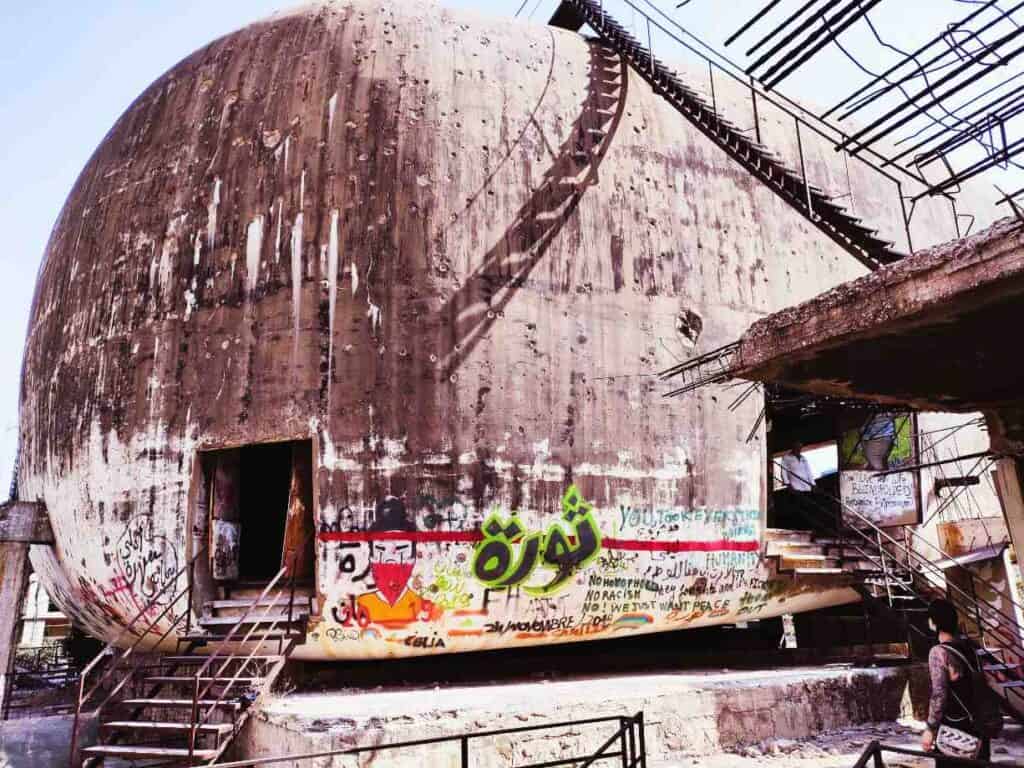
Green Line Tour
The tour starts at the National Museum standing along the Green Line, which divided Muslim West Beirut from Christian East Beirut. It was the target of militias who tried to steal archeological treasures. They even smashed the sarcophagi hoping to find something precious inside. The thieves often cooperated with Western art dealers who turned a blind eye to the provenance of the masterpieces.
As we walk along the Green Line that divided the Christian East and the Muslim West Beirut, we learn more about the effects of the civil war on today’s life.
The older generation, who lived through the war, refuses to talk about it to their children. Understandably, it is still an unprocessed trauma. Some still differentiate West and East Beirut and are still afraid of crossing the “Greenline”. Those who did, paid with their lives. Although the war has been over for over 30 years and the division of East and West Beirut is non-existent, many are still heavily traumatized to put all that behind.
We walk by the MIM, the museum of minerals, the private collection of Salim Edde that exhibits over 1800 minerals, representing some 400 different species from over 70 countries.
We continue towards the monument of the famine that recalls the darkest period of Lebanon (1915-1918) when 40% of the population died. The economic blockade of the Eastern Mediterranean made the previously booming silk industry that provided 80% of the economy almost entirely vanish. It was the highest death toll during the world war by the total population. People had to eat rats, cats, dogs, and there are reports about even cannibalism.
While walking, Samira talks about the hardships of daily life for Lebanese people during the current economic crisis and shares what happened after the port explosion of 4th August 2020.
Read the ultimate guide about the best places to visit in Lebanon
We pass by a Jewish cemetery that is inaccessible to the public and learn there is still a small Jewish community left in Lebanon whose number decreased to less than 30, although they carefully hide their identity.
We are reaching Beit Beirut, the museum of memory, a pivotal point of the Greenline tour that once was part of East Beirut. The former house of the family Barakat served as a central spot for snipers. Samira tells about the war ignited on 13 April 1975 when Maronite Christians massacred 27 unarmed Palestinians traveling in a bus. She also outlines the leftist and rightist belligerents and the interference of Israel and Syria in the war.
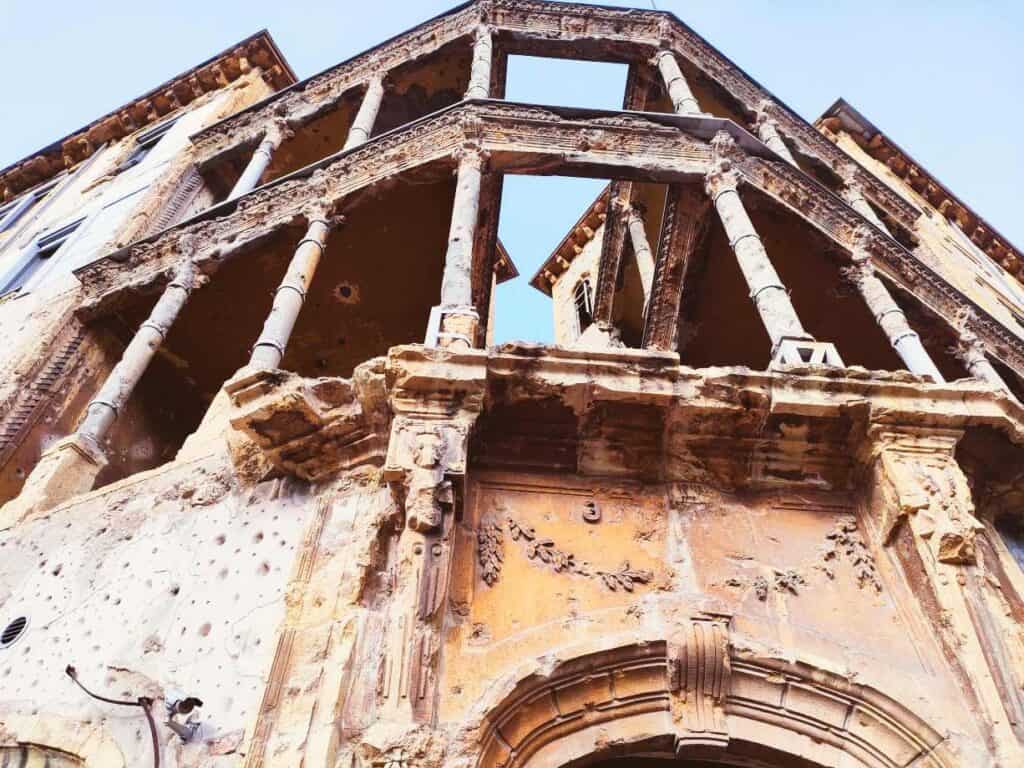
Part of the Museum is the archive collection of Photo Mario with 10 000 negatives of ordinary people that had their photos taken on different occasions. Some visitors discovered themselves on the images after so many years.
Christian militia took over the residential building that bears countless thousands of bullet points. The heavily damaged building is now under renovation and will serve as a new cultural space for the city. Unfortunately, the temporary exhibitions will not be open to the public.
Up to now, 17 000 people are still registered as missing in a war where Lebanese people turned against each other and killed their compatriots for the sake of their leaders. Some prisoners were only recently released. The research is still ongoing.
The war that killed over 120 000 people, left 350 000 injured, finished without punishing anyone for committing war crimes.
After leaving Beit Beirut, we check out some examples of the famous graffiti in Beirut. Yazan Hawaii, the renowned street artist, painted a symbolic scene from The West Beirut movie on a house wall. Again, not something that you can find in any guidebooks.
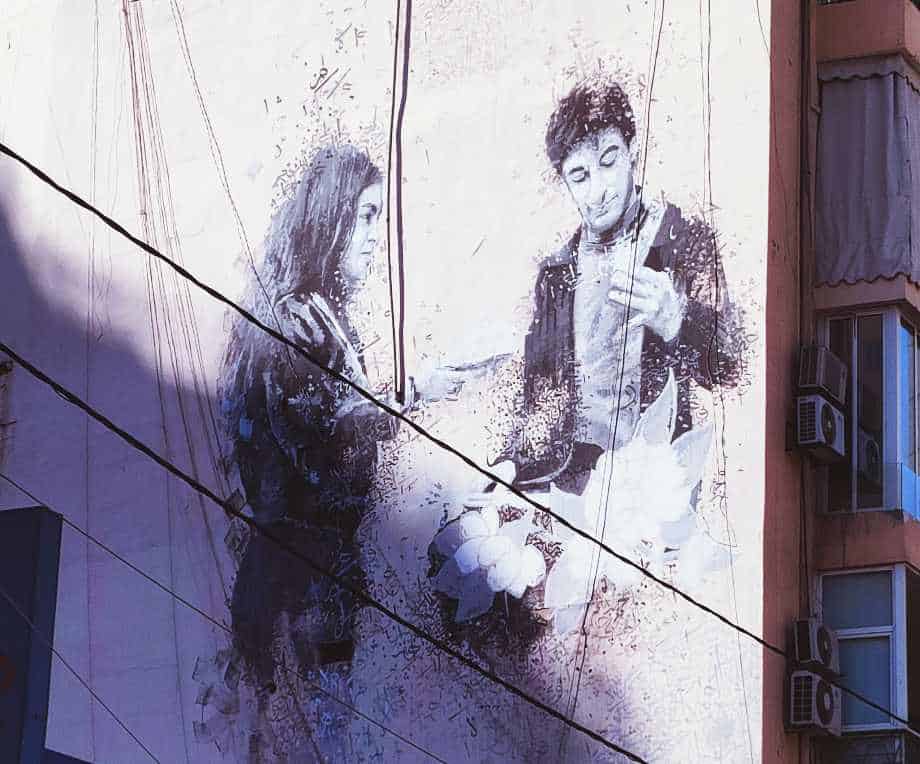
We stop at Sama Beirut, the tallest building of Beirut with 89 floors of 195 meters, before we finish our tour around the Prehistoric Museum of Lebanon, the first of such in the Arab world.
Final thoughts
I could not prioritize between the two tours. Each covered some different districts of Beirut and added extra information and insight into the Lebanese war, architecture, religion, and culture. I found both very enriching. If you are looking for a local tour in Beirut to get a deeper understanding, this is for you!
Pin it for later!


